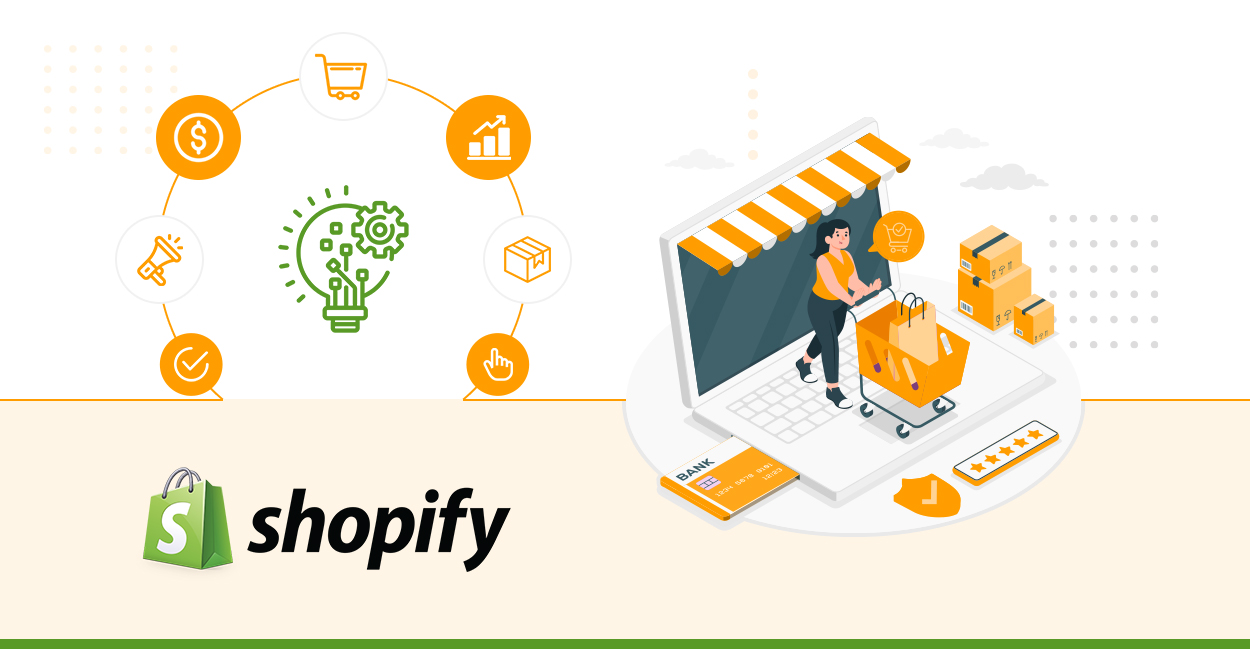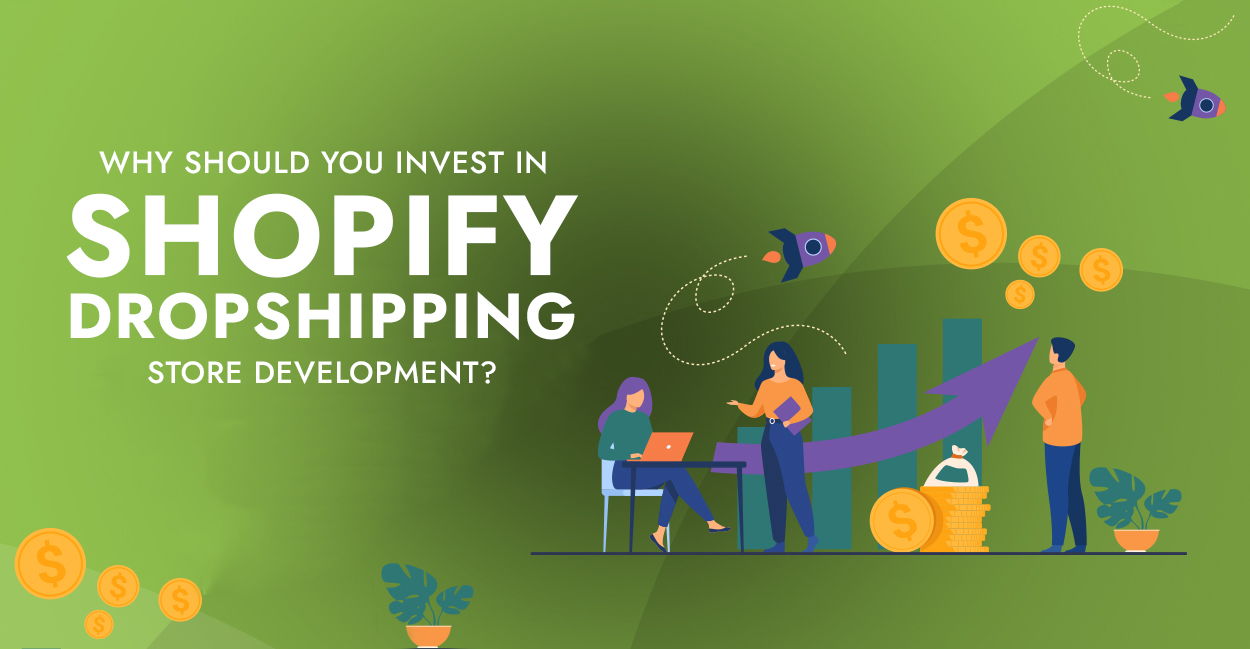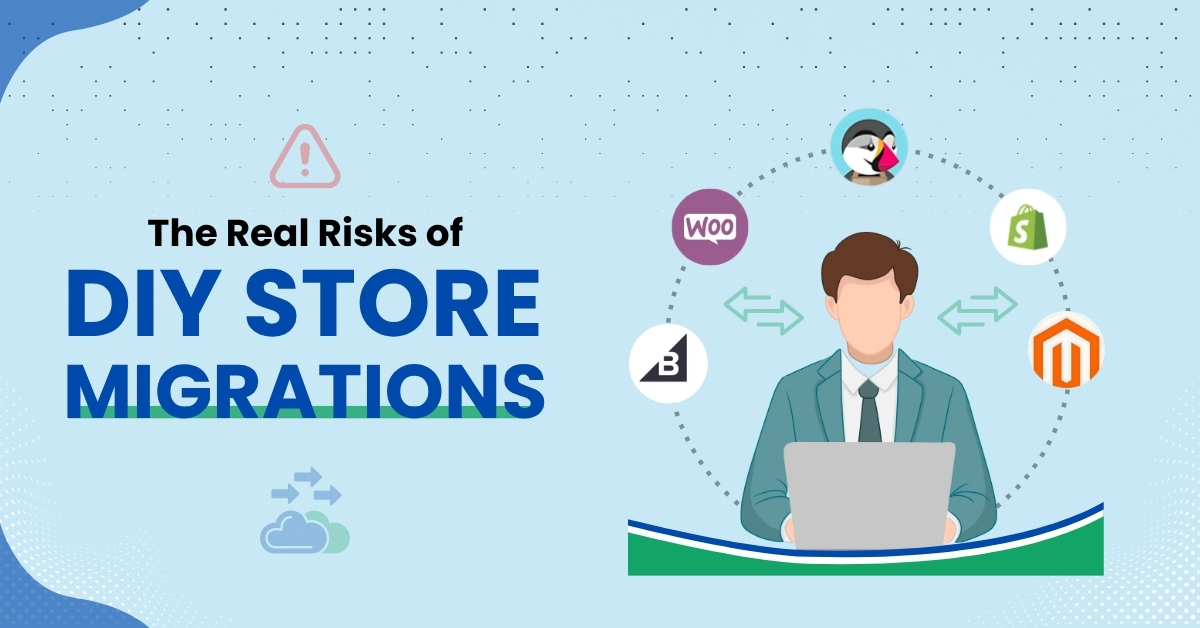Introduction
To grasp the allure of Shopify dropshipping store development, let’s first unravel the essence of dropshipping itself. Dropshipping is a business model that liberates entrepreneurs from the burdens of inventory management and order fulfillment. Instead of stocking products, the retailer partners with suppliers who handle the storage and shipping, while the retailer focuses on marketing and customer engagement. Paired with Shopify, a leading e-commerce platform, this model is a gateway to streamlined entrepreneurship.
The Rise of E-commerce and Dropshipping
Recent statistics underline the undeniable growth of e-commerce, showcasing its transformative impact on traditional retail. With an increasing number of consumers opting for the convenience of online shopping, the e-commerce sector has witnessed exponential expansion in recent years. This surge in digital commerce has paved the way for dropshipping to shine as a viable business model within the broader e-commerce landscape.
Advantages of Dropshipping
Low Initial Investment
Dropshipping eradicates the need for substantial upfront costs that are commonly associated with traditional retail. Aspiring entrepreneurs, even those with limited capital, can plunge into the world of e-commerce without the heavy financial burden. This accessibility opens doors for innovative minds to realize their business dreams.
Reduced Inventory Management
Bid farewell to the logistical challenges of warehousing and stock management. Dropshipping liberates entrepreneurs from the hassles of maintaining physical inventory. The result? More time and energy to focus on scaling your business rather than managing stacks of products.
Wide Product Variety
With Shopify Dropshipping Store Development, the possibilities are limitless. The business model empowers you to curate an expansive array of products from various niches without the need to purchase, store, or manage the inventory. This variety can attract a broader customer base and tap into diverse markets.
Flexibility and Mobility
The allure of dropshipping extends beyond the virtual confines of a brick-and-mortar store. Entrepreneurs can steer their businesses from anywhere, unshackled by geographic constraints. This flexibility offers the freedom to work remotely, embark on travel adventures, and simultaneously nurture your e-commerce venture.
The Role of Shopify in Dropshipping Store Development
User-Friendly Interface
Shopify’s intuitive platform is a godsend for beginners. You don’t need to be a tech whiz to set up your online store. The process is simplified, allowing you to focus on your products and customers rather than grappling with complicated technicalities. With just a few clicks, you can have your dropshipping store up and running, giving you more time to
strategize and grow your business.
Customization Options
Creating a unique and branded storefront is crucial in today’s competitive market. Shopify offers an array of design templates and customization features, empowering store owners to build a distinctive online presence. Your store can reflect your brand identity, making it memorable and appealing to your target audience. With Shopify, you’re not limited by rigid templates; you have the flexibility to express your brand’s personality.
Seamless Integration with Dropshipping Apps
Efficient inventory management and order fulfillment are essential for a successful dropshipping venture. Shopify seamlessly integrates with popular dropshipping apps, streamlining these critical aspects of your business. This means you can focus on marketing, customer service, and growth, while the app takes care of inventory updates and order processing, saving you time and reducing the risk of errors.
Secure Payment Gateways
Trust is paramount in e-commerce, especially when handling sensitive financial information. Shopify recognizes this importance and provides a range of secure payment gateways. Customers can confidently complete transactions, knowing their data is protected. This trust encourages repeat business and fosters a loyal customer base.

Steps to Develop a Successful Shopify Dropshipping Store
Niche Research and Selection
The foundation of a thriving dropshipping store begins with niche selection. A well-chosen niche holds the key to capturing a specific target audience and meeting their needs effectively. Understanding the significance of this step, entrepreneurs are encouraged to conduct thorough market research. By analyzing trends, consumer preferences, and
competition, you can identify a profitable niche that aligns with your interests and expertise.
Setting Up the Shopify Store
Creating your Shopify dropshipping store is remarkably straightforward, even for those without extensive technical know-how. The platform’s user-friendly interface guides you through the process, from setting up a Shopify account to customizing your store’s appearance, layout, and navigation. This allows you to craft a visually appealing and user-friendly storefront that resonates with your brand identity.
Sourcing Reliable Suppliers
One of the distinct advantages of dropshipping is the elimination of inventory management. Instead of stocking products, you partner with suppliers who handle storage and shipping. However, sourcing trustworthy suppliers is crucial to ensure smooth order fulfillment. Supplier directories and platforms can help you discover reliable partners. Evaluating supplier credibility based on factors like product quality and delivery times is essential for long-term success.
Adding Products and Pricing
With your suppliers in place, it’s time to populate your store with products. Shopify offers seamless integration with dropshipping apps, simplifying the process of importing product listings. When it comes to pricing, adopting effective strategies is vital. Competitive pricing that covers costs while offering value to customers is a delicate
balance to strike. Thoroughly research your market and competitors to determine the optimal pricing approach.
Implementing Marketing Strategies
Every successful business requires a robust marketing strategy to prosper. In the digital realm, leveraging various channels is key to driving traffic and attracting potential customers. Social media, search engine optimization (SEO), and email marketing are powerful tools at your disposal. Building a strong online presence, engaging with your target audience, and employing effective SEO techniques will help your store gain visibility and credibility.
Frequently Asked Questions (FAQs)
Is dropshipping a profitable business model?
Absolutely! Dropshipping has gained widespread popularity due to its low initial investment and the ability to tap into a vast market without the burden of holding inventory. The potential for profitability largely depends on factors like product selection, marketing strategies, and efficient management. A well-researched niche, combined with effective
marketing, can lead to significant profits.
How much does it cost to start a Shopify dropshipping store?
Starting a Shopify dropshipping store is relatively affordable compared to traditional retail. Shopify offers different pricing plans, allowing you to choose the one that aligns with your budget and business goals. The costs typically include subscription fees, domain registration, and possible expenses for marketing and apps. It offers an attainable alternative for ambitious entrepreneurs.
Do I need prior E-Commerce experience to succeed?
While prior e-commerce experience can be helpful, it’s not a strict requirement. Shopify’s user-friendly interface makes it easy for beginners to set up an online store without extensive technical expertise. Additionally, there are abundant resources available, including tutorials and support, to help you navigate the world of dropshipping.
Can I switch my existing Shopify store to a dropshipping model?
Yes, it’s possible to transition an existing Shopify store to a dropshipping model. This can be a strategic move to diversify your product offerings or streamline your operations. By integrating dropshipping suppliers and products, you can leverage the advantages of this model while retaining the familiarity of the Shopify platform.
What are some common challenges in dropshipping and how to overcome them?
Similar to all types of business models, dropshipping presents its own set of challenges. Some common obstacles include managing supplier relationships, ensuring timely order fulfillment, and standing out in a competitive market. However, with proper research, diligent supplier selection, hiring Shopify dropshipping developers, effective inventory
management, and well-executed marketing strategies, these challenges can be overcome, leading to a successful and profitable dropshipping venture.
Conclusion
Investing in Shopify dropshipping store development is a strategic move that combines the power of dropshipping with the reliability of the Shopify platform. The benefits are clear – low initial investment, reduced inventory management, product variety, flexibility, and the invaluable support of Shopify. As you embark on this entrepreneurial journey, consider the possibilities that await you. Explore the potential, leverage the advantages, and with the right partner like WebGarh Solutions, watch your dropshipping store thrive in the dynamic world of e-commerce.





















